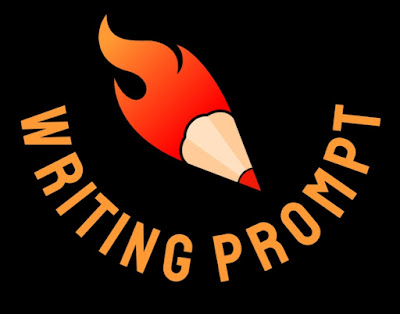
Mastering Flashbacks, Subplots, and Foreshadowing: Crafting Layers of Depth in Fiction
By Olivia Salter
In the art of fiction writing, storytelling thrives on complexity and nuance. Three essential techniques—flashbacks, subplots, and foreshadowing—serve as tools to deepen narrative layers, enrich character development, and heighten emotional engagement. When wielded skillfully, these elements transform a simple plot into a riveting, multifaceted experience. Here’s how to integrate them effectively.
Flashbacks: Revealing the Past with Purpose
Flashbacks allow readers to glimpse a character’s past, providing context that enriches their motivations, fears, and desires. However, their power lies in their precision. A poorly placed or unnecessary flashback can disrupt the flow of the narrative.
Best Practices for Flashbacks:
- Relevance is Key: Only include flashbacks that directly impact the story’s present. Ask yourself, What does the reader need to know, and why now?
- Use a Seamless Transition: Signal the shift in time with sensory details or a change in tone to avoid jarring the reader.
- Limit Their Length: Flashbacks should provide insight, not derail the momentum. A concise flashback packs more punch than an extended detour.
For instance, in a suspense novel, a flashback might reveal the protagonist’s childhood trauma that fuels their current fears, adding depth and urgency to their quest.
Subplots: Adding Dimension Without Distraction
Subplots are secondary storylines that complement the main narrative. They can illuminate themes, provide emotional resonance, or explore side characters in greater detail. The key to a compelling subplot is balance—it should enhance, not overshadow, the primary plot.
Tips for Effective Subplots:
- Ensure Relevance: The subplot should intersect with the main narrative, either thematically or directly, to avoid feeling extraneous.
- Develop Characters: Use subplots to flesh out secondary characters or show another side of your protagonist.
- Provide Relief or Contrast: Subplots can serve as a breather in intense narratives or add complexity in lighter stories.
For example, in a romantic thriller, a subplot involving a friend’s betrayal could mirror the protagonist’s struggle with trust in their romantic relationship, creating a richer emotional tapestry.
Foreshadowing: Planting Seeds of Anticipation
Foreshadowing is a promise to the reader, a subtle hint of what’s to come. When done effectively, it creates tension and curiosity, keeping readers engaged as they search for clues.
How to Foreshadow Skillfully:
- Be Subtle: Avoid telegraphing twists too obviously. A single line or image can carry significant weight.
- Layer Clues: Use dialogue, symbolism, or atmospheric details to hint at future events.
- Deliver on Promises: Ensure your foreshadowing pays off. Unfulfilled setups can frustrate readers.
For instance, a thriller might feature a seemingly innocuous mention of a character’s fear of confined spaces, which later becomes pivotal in a life-or-death scenario in an underground tunnel.
Bringing It All Together
When combined, flashbacks, subplots, and foreshadowing create a narrative with depth and resonance. A well-constructed flashback can feed into a subplot, while foreshadowing can link disparate elements of the story into a cohesive whole.
Consider this: a historical drama might feature a flashback to a soldier’s traumatic experience during war, a subplot about their estranged family, and subtle foreshadowing through a recurring motif of withering roses. By the climax, the threads converge as the protagonist confronts their past and reconciles with their present.
Conclusion
Mastering these techniques requires practice and a keen sense of timing. Remember, their purpose is to serve the story, not to showcase your cleverness. When used thoughtfully, flashbacks, subplots, and foreshadowing can elevate your fiction, immersing readers in a world that lingers in their minds long after the final page.


